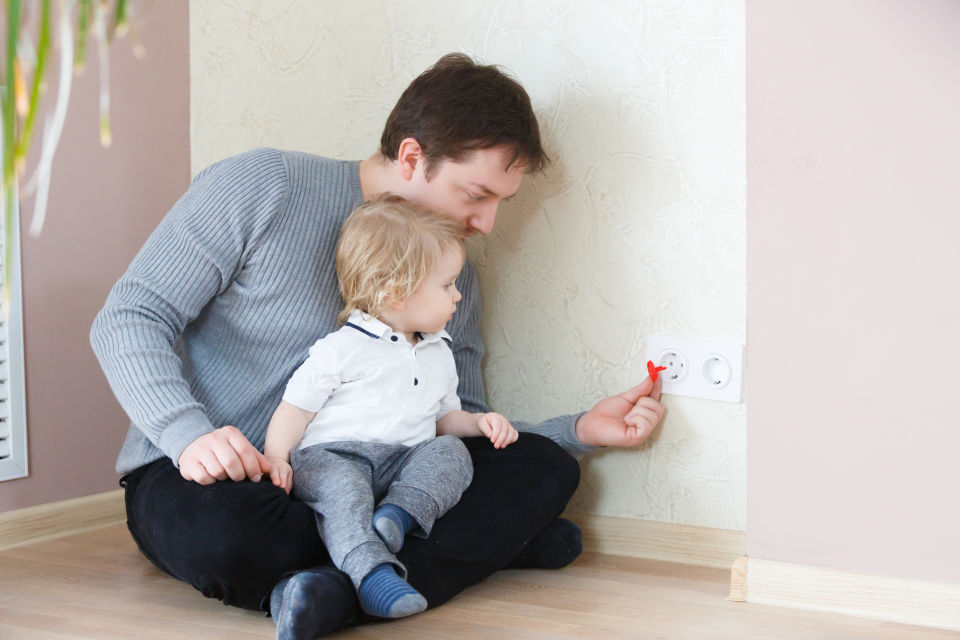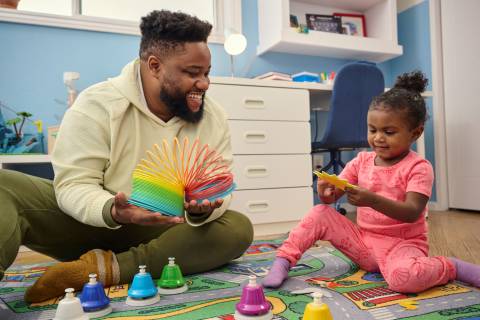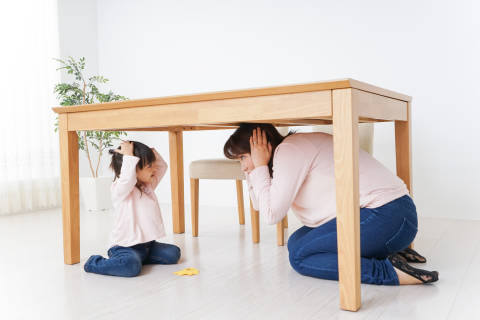Childproofing your home inside and out keeps your children safe while also giving you peace of mind. Here you’ll find tips on making your home safe.

Childproofing your home involves some basic tasks that can take just a few minutes to complete.
Inside
Keep knives and breakable objects up high and out of reach of little hands.
Put safety gates at the top and bottom of stairs and, if possible, at the entrance of the kitchen and bathroom.
Place plastic covers over electrical outlets and power strips.
Install a carbon monoxide detector in every sleeping area of the house to protect your family from this poisonous, deadly gas.
Bolt shelves to the wall and secure TVs to keep them from falling on a child.
Keep your child’s bed or crib away from windows which can shatter during an earthquake, or that a child could accidentally fall out of if opened.
Protect your children from poisonous or dangerous items. Keep household cleaning products, medications, hand sanitizers, bug sprays, lotions, and makeup out of reach or in locked cabinets.
Outside
Install a fence that’s at least four feet high around your pool or hot tub to prevent drowning, and install a self-latching gate that is higher than a young child’s reach.
Never let your child play near grills, lawnmowers, or power tools.
Return garden tools, auto parts, pesticides, fertilizer, and sharp objects like nails and screws to locked storage containers when you’re finished using them.
Empty buckets and small inflatable pools after every use.
Make sure play equipment in the back yard is sturdy, in good repair, and age-appropriate for your child.
Combined with childproofing, the best way to keep children safe at home is to use your eyes and ears and be aware of what they’re doing.
QUICK TIP: If a caregiver will be looking after your child in your home, be sure to let them know about the safety measures you have in place. For example, show your caregiver where your first-aid kit is stored.






